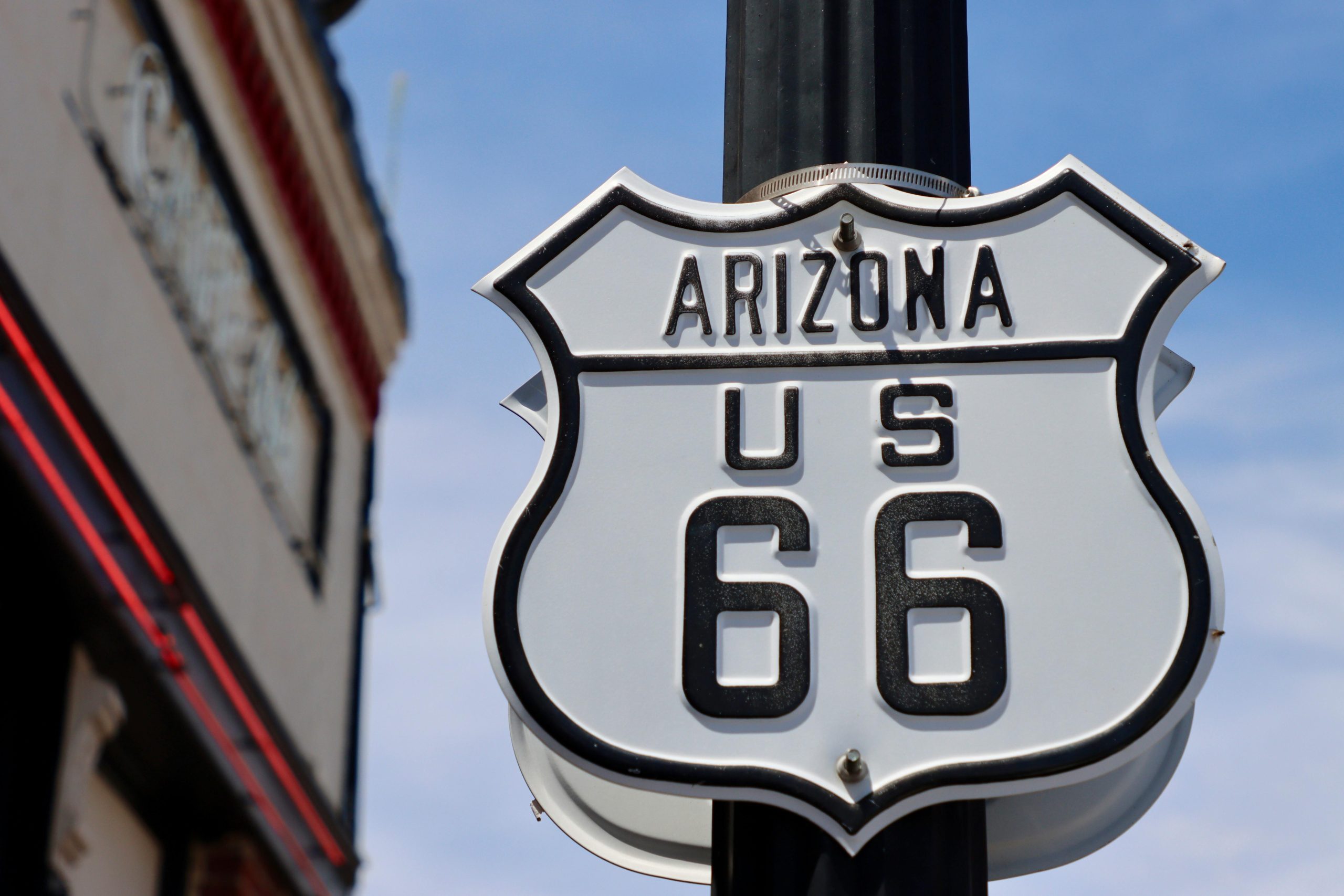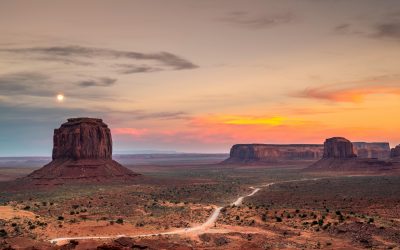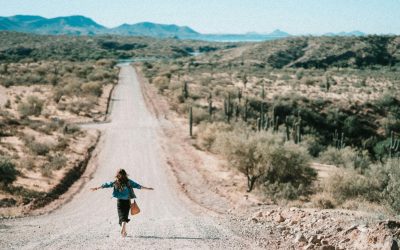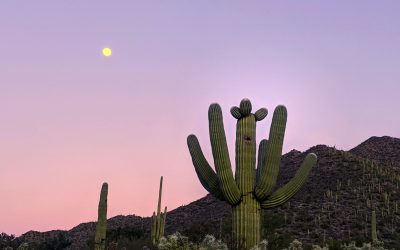Welcome to the vibrant heart of the American Southwest! Nestled in the scenic Sonoran Desert, Tucson, Arizona is a city that beautifully blends rich history, diverse culture, and stunning natural landscapes. Known for its sunny weather and warm hospitality, Tucson is a destination that attracts visitors from all over the world.
With a population of over half a million residents, Tucson is the second-largest city in Arizona and serves as a hub for education, tourism, and innovation. The city is proudly home to the University of Arizona, a leading research institution that significantly contributes to the local economy and culture.
Whether you’re a nature enthusiast eager to explore the Saguaro National Park, a foodie on the hunt for authentic Mexican cuisine, or an art lover visiting the Tucson Museum of Art, this city has something to offer everyone. Tucson’s unique blend of Spanish, Mexican, and Native American influences can be seen in its architecture, festivals, and everyday life.
Ready to dive deeper into what Tucson has to offer? Visit our website to learn more and get started today! Click here.
Understanding Pima County

Located in the southern part of Arizona, Pima County is a region as diverse and dynamic as the city it encompasses. Spanning over 9,000 square miles, Pima County is the second-largest county in Arizona by area and is home to more than a million residents. It was established in 1864, making it one of the four original counties in the Arizona Territory.
The county seat of Pima County is Tucson, which serves as the cultural, economic, and political hub of the region. The county’s name honors the indigenous Tohono O’odham people, formerly known as the Pima Indians, whose rich heritage continues to influence the area’s culture and traditions.
Pima County offers an array of attractions and natural wonders, including the breathtaking landscapes of the Sonoran Desert and the majestic Santa Catalina Mountains. Outdoor enthusiasts can indulge in activities such as hiking, bird watching, and stargazing at sites like Sabino Canyon and Mount Lemmon.
Economically, Pima County thrives on a mix of industries including aerospace, defense, technology, and tourism. The presence of the University of Arizona contributes to a vibrant educational landscape and drives research and innovation in the region.
With its unique blend of urban and rural environments, Pima County offers a high quality of life, making it an attractive place for both residents and visitors. From cultural festivals to outdoor adventures, there’s always something happening in this vibrant county.
Historical Background of Tucson

Tucson boasts a rich and varied history that dates back thousands of years. Originally inhabited by the Hohokam people around 300 CE, the area is one of the oldest continually inhabited regions in North America. The name ‘Tucson’ itself originates from the O’odham word Chuk Shon, meaning ‘base of the black hill,’ referring to the volcanic mountains in the vicinity.
The arrival of Spanish explorers in the late 17th century marked a significant turning point in Tucson’s history. In 1775, Spanish settlers established the Presidio San Agustín del Tucsón, a fort designed to protect the mission and settlers from indigenous raids. This event is often considered the official founding of Tucson, setting the stage for its development as a key outpost in the Spanish colonial network.
With the signing of the Gadsden Purchase in 1854, Tucson became part of the United States, setting off a period of rapid growth and transformation. The construction of the Southern Pacific Railroad in the 1880s further spurred economic development, linking Tucson with other major cities and facilitating trade and migration.
Throughout the 20th century, Tucson evolved into a bustling city known for its unique blend of cultures and traditions. Its historical landmarks, such as the San Xavier del Bac Mission and the Presidio San Agustín del Tucson Museum, offer glimpses into its storied past. The preservation of these sites highlights Tucson’s commitment to honoring its heritage while embracing modernity.
Today, Tucson is a vibrant metropolis that celebrates its historical roots while looking towards the future. Its rich tapestry of cultural influences continues to shape its identity, making it a fascinating place to explore for history enthusiasts and casual visitors alike.
Geographical Location and Features

Nestled in the heart of the Sonoran Desert, Tucson is a city that blends natural beauty with urban sophistication. Geographically, Tucson is located in Pima County in southeastern Arizona, approximately 116 miles southeast of Phoenix and 60 miles north of the U.S.-Mexico border. This prime location makes it a crossroads of diverse cultures and landscapes.
The city is surrounded by five minor mountain ranges: the Santa Catalina Mountains to the north, the Rincon Mountains to the east, the Santa Rita Mountains to the south, the Tucson Mountains to the west, and the Tortolita Mountains to the northwest. These ranges not only provide stunning backdrops but also offer numerous recreational opportunities, from hiking and biking to rock climbing and bird-watching.
Tucson’s elevation of about 2,389 feet above sea level contributes to its unique climate. Unlike other desert cities, Tucson enjoys milder temperatures, especially in the evenings, thanks to its higher altitude. The city experiences a semi-arid climate, characterized by hot summers and mild winters, making it an ideal destination for outdoor activities year-round.
One of Tucson’s most striking geographical features is the Saguaro National Park, which bookends the city to the east and west. Home to the iconic saguaro cactus, the park offers visitors a chance to immerse themselves in the beauty of the Sonoran Desert. Additionally, the Santa Cruz River, although often dry, plays a crucial role in the region’s ecosystem and history, having supported human settlements for thousands of years.
The city’s diverse topography and natural beauty make it a haven for nature lovers and adventure seekers alike. Whether you’re exploring the rugged mountain trails or simply enjoying a scenic drive, Tucson’s geographical features provide endless opportunities for discovery and enjoyment.
Key Attractions in Tucson

Tucson, known for its rich cultural heritage and stunning natural landscapes, boasts an array of attractions that cater to all interests. From historical landmarks to outdoor adventures, the city offers something for everyone.
One of the most iconic attractions is the Arizona-Sonora Desert Museum. This world-renowned museum is more than just a traditional museum; it’s a fusion of a zoo, botanical garden, and natural history museum, offering visitors an immersive experience into the flora and fauna of the Sonoran Desert. With over 230 animal species and 1,200 kinds of plants, it’s a must-visit for nature enthusiasts.
History buffs will appreciate the Mission San Xavier del Bac, also known as the “White Dove of the Desert.” This stunning Spanish colonial mission, built in the late 1700s, is a National Historic Landmark and is considered one of the finest examples of Spanish colonial architecture in the United States. Its beautifully preserved interior and serene setting make it a spiritual and cultural gem.
For those interested in astronomy, Tucson is home to the Kitt Peak National Observatory, which houses one of the largest arrays of optical and radio telescopes in the world. Located on the Tohono O’odham Nation, the observatory offers guided tours and night sky programs, allowing visitors to explore the universe from one of the best vantage points on Earth.
Outdoor enthusiasts will find endless adventure at Sabino Canyon. Nestled in the Santa Catalina Mountains, this lush canyon offers scenic hikes, tram rides, and opportunities to spot local wildlife. Whether you’re looking for a leisurely stroll or a challenging hike, Sabino Canyon provides a picturesque escape from the city.
Lastly, the Pima Air & Space Museum is a haven for aviation aficionados. With over 350 aircraft on display, including historic military planes and commercial airliners, it’s one of the largest aerospace museums in the world. The museum’s exhibits offer a fascinating look into the history of aviation and space exploration.
From its natural wonders to its cultural and historical treasures, Tucson’s key attractions provide a diverse and enriching experience for all visitors.
Conclusion on Tucson’s County
By now, it’s clear that Tucson, Arizona, is a vibrant city nestled within Pima County. This region, steeped in rich history and cultural diversity, offers a unique blend of urban life and natural beauty, making it an exceptional place to live, work, and visit.
From the bustling downtown area filled with eclectic dining and entertainment options to the serene landscapes of the surrounding desert, Pima County encapsulates the essence of the Southwest. The county’s commitment to preserving its natural and cultural heritage is evident in its numerous parks, museums, and historical sites.
Understanding the county Tucson is part of is just the beginning of uncovering all that this region has to offer. Whether you’re a resident or planning a visit, exploring Pima County’s various attractions, events, and communities will provide you with a deeper appreciation of its unique character.
For more detailed information about Tucson and Pima County, visit our website to learn more and get started today! Click here.






0 Comments